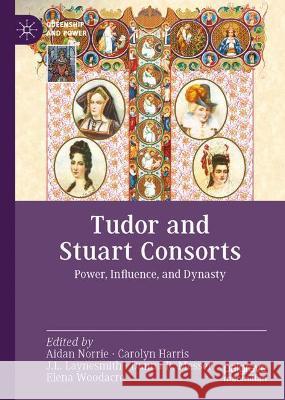Tudor and Stuart Consorts: Power, Influence, and Dynasty » książka
topmenu
Tudor and Stuart Consorts: Power, Influence, and Dynasty
ISBN-13: 9783030951962 / Angielski / Twarda / 2022 / 370 str.
Tudor and Stuart Consorts: Power, Influence, and Dynasty
ISBN-13: 9783030951962 / Angielski / Twarda / 2022 / 370 str.
cena 242,07
(netto: 230,54 VAT: 5%)
Najniższa cena z 30 dni: 212,02
(netto: 230,54 VAT: 5%)
Najniższa cena z 30 dni: 212,02
Termin realizacji zamówienia:
ok. 22 dni roboczych
Bez gwarancji dostawy przed świętami
ok. 22 dni roboczych
Bez gwarancji dostawy przed świętami
Darmowa dostawa!
Kategorie BISAC:
Wydawca:
Springer Nature Switzerland AG
Seria wydawnicza:
Język:
Angielski
ISBN-13:
9783030951962
Rok wydania:
2022
Ilość stron:
370
Wymiary:
21.0 x 14.8
Oprawa:
Twarda
Dodatkowe informacje:
Wydanie ilustrowane











